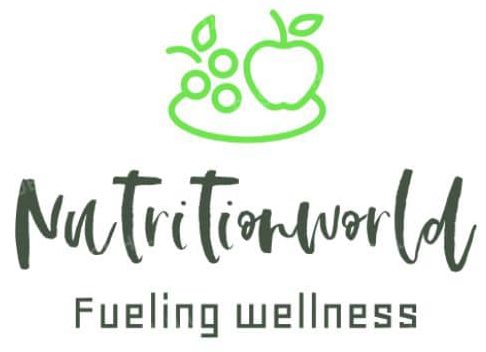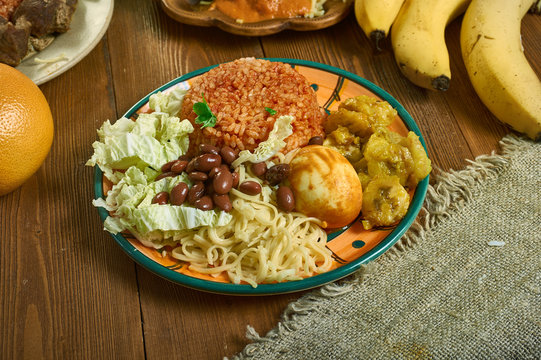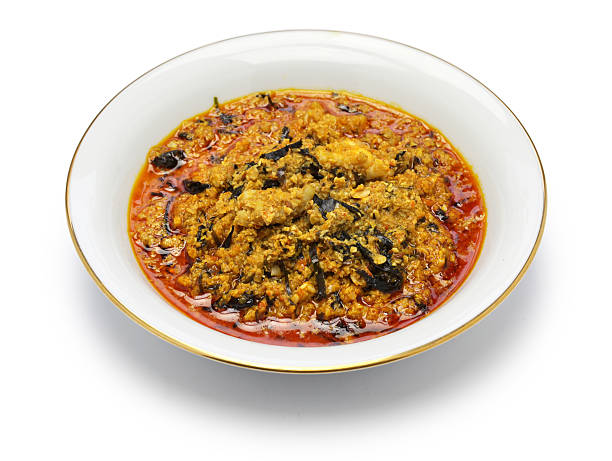It’s important to clarify that a tagine, in its traditional sense, refers to both a North African slow-cooked stew and the conical earthenware pot in which it is cooked. The nutritional value of a tagine, therefore, depends on its specific ingredients and preparation methods. Let’s explore the potential nutritional benefits of a tagine dish.
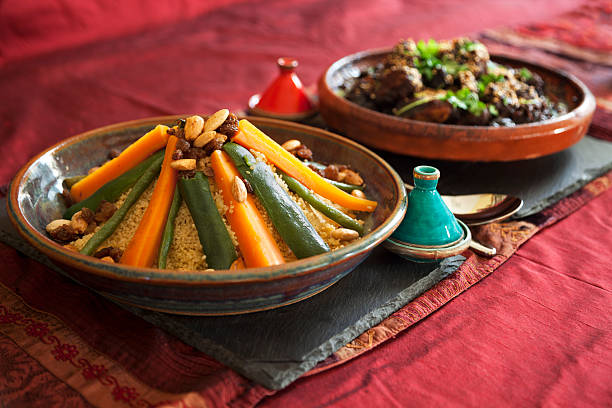
A classic tagine often includes a combination of lean meats, poultry, or fish, paired with an array of vegetables, legumes, and aromatic spices. This diverse ingredient mix contributes to a well-rounded nutritional profile.
One of the key nutritional advantages of a tagine lies in its protein content. Whether incorporating chicken, lamb, or fish, these protein sources provide essential amino acids necessary for muscle maintenance, repair, and overall body function. Additionally, the inclusion of legumes and vegetables in a tagine adds plant-based proteins, fiber, and a variety of vitamins and minerals.
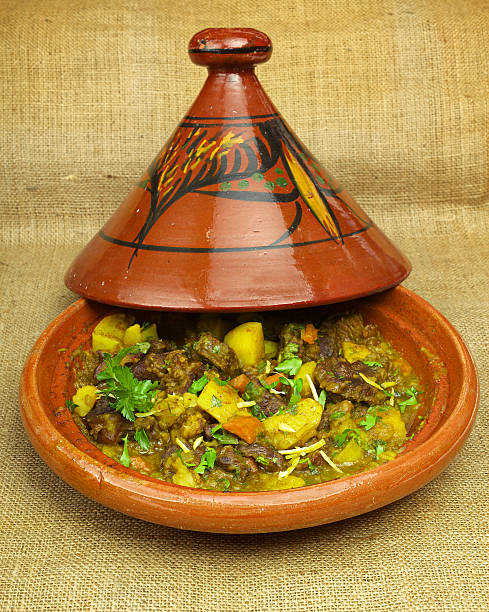
The vegetables commonly found in a tagine contribute significantly to its nutritional value. Vegetables such as tomatoes, carrots, bell peppers, and zucchini offer a spectrum of vitamins, including vitamin C, vitamin A, and various B vitamins. These vitamins play crucial roles in immune function, vision health, and energy metabolism.
Furthermore, the use of aromatic spices like cumin, coriander, cinnamon, and turmeric not only enhances the flavor but also introduces potential health benefits. Many spices contain antioxidants and anti-inflammatory properties, which may contribute to overall well-being and help protect the body from oxidative stress.
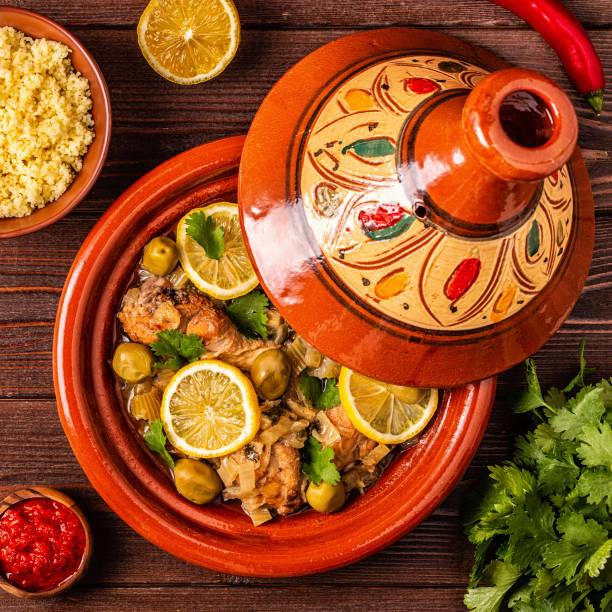
The slow-cooking method used in preparing a tagine can also have nutritional advantages. Slow-cooking retains more nutrients in the ingredients compared to faster cooking methods, ensuring that vitamins and minerals are preserved and available in the final dish.
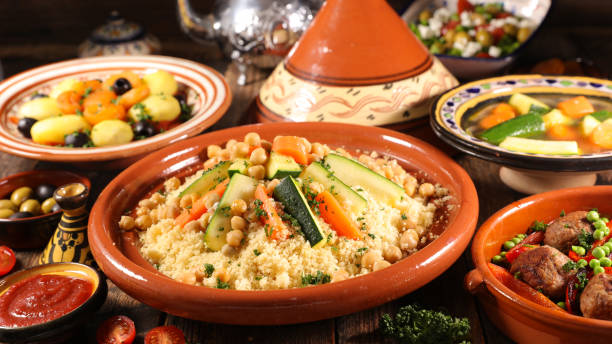
Additionally, the inclusion of healthy fats, such as olive oil or nuts, in a tagine can provide essential fatty acids and contribute to the absorption of fat-soluble vitamins, further enhancing the nutritional value.
However, it’s crucial to be mindful of the overall balance of ingredients in a tagine to ensure that it aligns with individual dietary needs and preferences. While the potential nutritional benefits are significant, the specific composition of a tagine can vary widely based on regional variations and personal recipes.
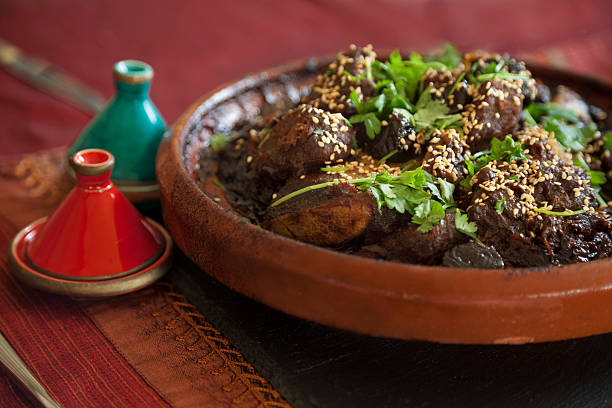
In conclusion, a well-prepared tagine can offer a nutritious and flavorful meal, rich in proteins, vitamins, minerals, and antioxidants. Its diverse ingredients and slow-cooking method make it a wholesome option that reflects the cultural richness of North African cuisine while contributing to a balanced and health-conscious diet.
